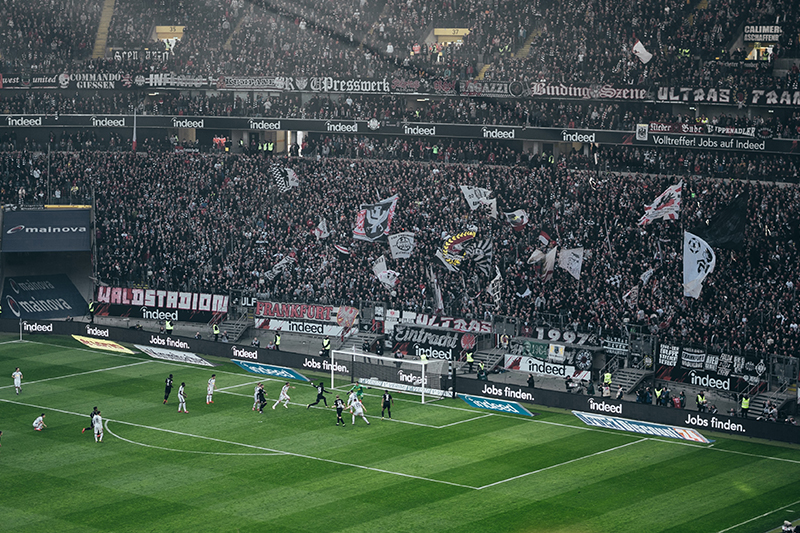
The China national football team has been on quite a journey, striving for excellence and aiming to leave a mark on the global stage. Similar to monitoring the performance and attendance of soccer players, organizations need robust systems to manage their workforce efficiently. This blog will delve into the intricacies of a time and attendance system, emphasizing the importance of clocking in/clocking out, utilizing time cards, and maintaining a reliable roster. It will showcase the parallels between sports team management and workforce management while emphasizing how these systems, much like a disciplined football team, can streamline operations and foster productivity.
The China National Football Team’s Performance
The China national football team has shown remarkable dedication and perseverance in its quest to excel. Over the years, the team has had its ups and downs, owing much to meticulous planning, a well-structured roster, and rigorous training schedules. Managing such a team is not too different from managing a workforce where time attendance plays a critical role.
The Importance of Clocking In and Clocking Out
Just as players need to show up for practice and matches, employees need to clock in/clock out to ensure they are adhering to their working hours. This simple yet crucial task helps managers keep track of time attendance, ensuring everyone is accounted for.
- Monitoring Work Hours: Clocking in/clocking out provides precise data on when employees start and finish their shifts.
- Accountability: It holds employees accountable for their working hours, much like how footballers are accountable for their on-field performance.
- Payroll Accuracy: Accurate clock in/clock out records are essential for calculating payroll, ensuring employees are compensated fairly for the hours they work.
The Role of Time Cards in Workforce Management
Time cards serve as the backbone of any time attendance system. They help record employee working hours and ensure that the data is compiled systematically. Here’s how time cards resemble crucial game statistics for a football team:
- Data Collection: Much like maintaining a football player’s performance stats, time cards collect data on employee attendance and hours worked.
- Preventing Buddy Punching: Time cards help prevent buddy punching, ensuring that only the actual worker’s attendance is recorded.
- Historical Records: Time cards provide historical records, similar to a player’s past performances, which can be used to make informed decisions and improvements.
The Crucial Role of Rosters
In football, creating a well-structured roster is essential for a balanced team, ensuring that every position is covered. The same applies to workforce management.
- Effective Shift Planning: A well-planned roster ensures that every shift is adequately staffed, avoiding both under and overstaffing.
- Skill Alignment: It helps align employees’ skills with the tasks at hand, similar to positioning skilled footballers in appropriate positions on the field.
- Performance Monitoring: Rosters help managers monitor and adjust staffing in real-time, akin to making tactical changes during a match.
Enhancing Efficiency through Time Attendance Systems
Implementing an effective time attendance system is as important as a football team’s training regime. It ensures smooth operations and boosts overall productivity.
- Automated Clocking: Modern time attendance systems automate the clock in/clock out process, reducing errors and saving time.
- Real-Time Monitoring: Managers can monitor workforce attendance in real-time, making necessary adjustments quickly.
- Integration with Payroll: These systems seamlessly integrate with payroll software, ensuring precise wage calculations.
Avoiding the Pitfalls: Common Challenges in Time Attendance Management
Just like a football team faces challenges, managing time attendance comes with its own set of hurdles.
- Compliance Issues: Ensuring adherence to labor laws and company policies can be complex but is necessary.
- Human Errors: Manual clock in/clock out entries can lead to inaccuracies, making automation crucial.
- Buddy Punching: As mentioned, preventing buddy punching is vital for maintaining the integrity of attendance records.
The Future of Time Attendance Systems: Innovative Trends
Future trends in time attendance systems are leaning towards greater automation and integration for enhanced efficiency.
- Biometric Systems: Utilization of fingerprints and facial recognition technology for more secure clock in/clock out.
- Mobile Integration: Employees can clock in/clock out using mobile apps, providing flexibility and convenience.
- Cloud-Based Solutions: Cloud-based time attendance systems provide real-time data access and better security.
Conclusion: What Is Clockgogo?
Clockgogo is an innovative time and attendance system designed to streamline workforce management. It offers automated clock in/clock out functionalities, integration with payroll systems, and real-time monitoring. With features that prevent buddy punching and provide comprehensive time card records, Clockgogo is an essential tool for modern businesses looking to improve efficiency and productivity.

